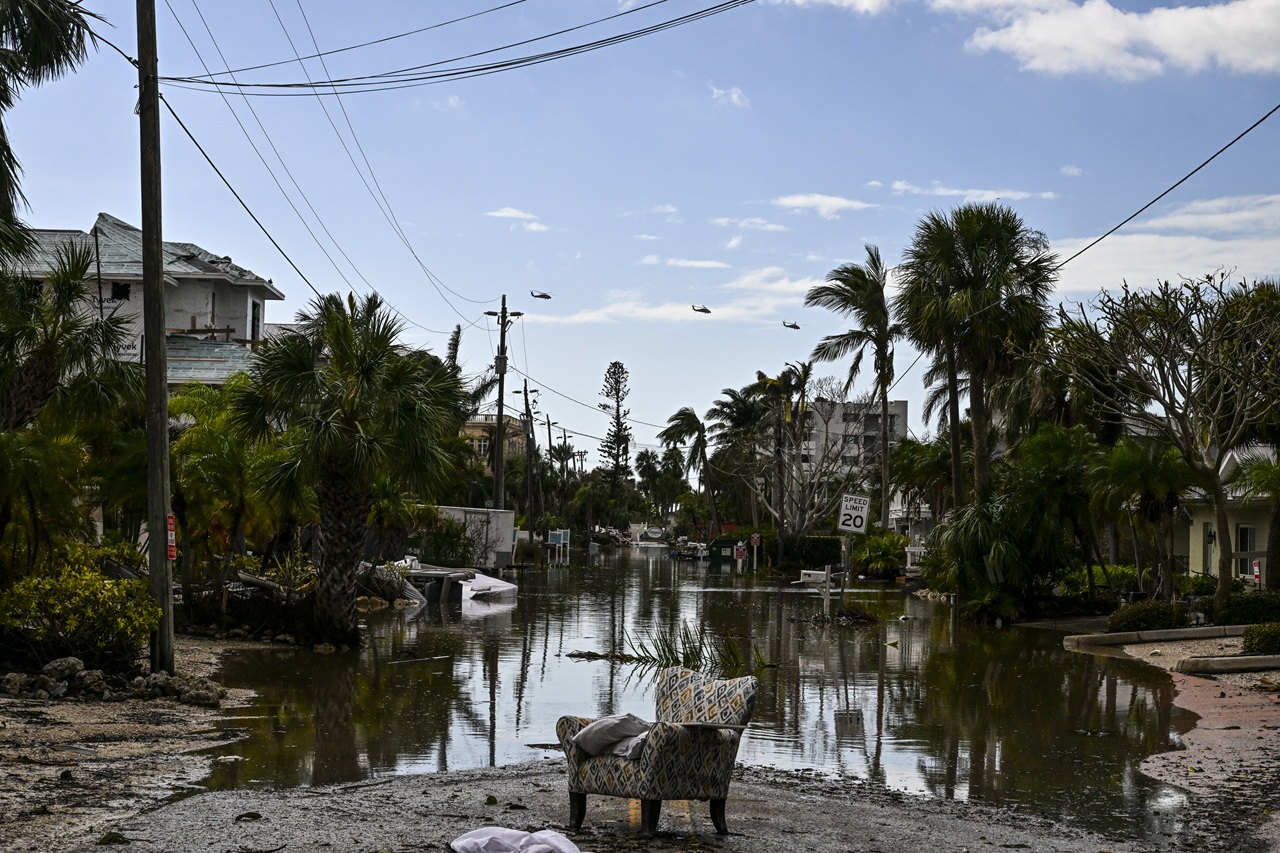
Supporting mothers from the very beginning with maternity leave
Paid maternity leave in the United States is still a dream for many.
On Mother’s Day we like to highlight the sacrifices that mother’s make every day for their children and families, but one reality we often ignore is the very real consequences that face mothers as they deal with the beginning stages of motherhood one specifically being maternity leave.
As legislators continue to argue over the necessity of equal pay laws to support women, an additional barrier to household bottom lines is the financial support and income lost of mothers directly after childbirth.
The United States has found itself to be the last Western country to offer paid maternity leave to mothers after childbirth. In fact, the entire western hemisphere has mandates for paid maternity except the United States. The United Nations agency, International Labor Organization (ILO), reported that paid maternity leave was found for new mothers in every country besides Papua New Guinea, a country that is largely dependent on agriculture to provide a subsistence livelihood for 85% of the population.
Falling behind countries such as Cuba and Mongolia - countries that offer expecting mothers one year or more of paid leave - the United States is the only highly competitive economy that does not provide mothers paid leave.
Though the United States does have a more than 20 year history of providing unpaid maternity leave for at least 12 weeks, the stipulations to even receive this protection by law are strong and do not apply to every working woman who may give birth.
RELATED CONTENT
The 1993 Family Medical Leave Act (FMLA) may provide 12 weeks of unpaid leave, but only applies to female workers who work at companies with at least 50 employees, a public agency or public or private elementary or secondary school. The law further mandates that to apply for this leave you have to have been with the company for at least one year, which equals a minimum of 1,250 hours.With these tight restrictions, more than 40% of U.S. workers fail to meet all of FMLA's requirements.
But of those able to meet the requirements for unpaid leave, few have families or spouses where they can truly take the time and still be provided the support needed to keep them and their families afloat. And while the case of unpaid maternity leave may seem grim, paid leave has even fewer markers of possibility for your average working mother.
According to a 2016 report from the Department of Labor, as little as 12% of U.S. workers in the private sector are eligible for paid family leave through their employer, which leads to slimmer bottom lines for families and women going back to work far before what is recommended by doctors and health professionals.
According to an analysis by Abt Associates of a 2012 survey it conducted for the Department of Labor, nearly one in four women who took leave to care for a new baby took only two weeks or fewer off. This time is much less than the time needed according to the Centers for Disease Control and Prevention that state that employed women who received 12 weeks or more of paid maternity leave are more likely to breastfeed and less likely to develop postpartum depression.
With the case for maternity leave being clearer than ever, it’s a wonder no legislation has been passed in favor of the effort. In fact the most recent bill was introduced in January titled, H.R.1022 - Federal Employees Paid Parental Leave Act of 2017.
Though the bill has not been voted on yet, the bill may be the only hope for mother’s in the United States as women continue to contribute to the workforce in staggering numbers.











LEAVE A COMMENT: